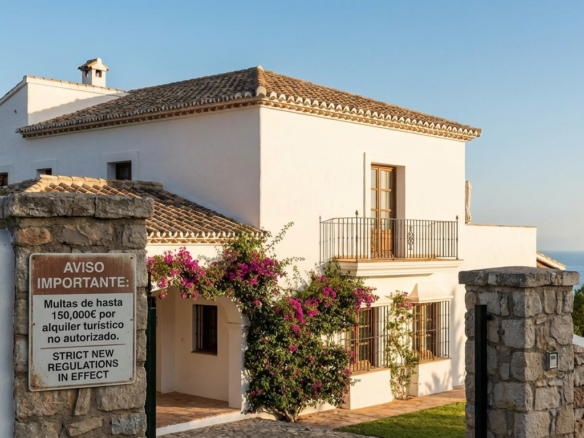Buying property in Sweden is a straightforward process, known for its transparency and efficiency. With stunning natural landscapes, vibrant cities, and a high quality of life, Sweden offers excellent investment opportunities. Here’s a comprehensive guide to help you navigate the property buying process.
Get 50% OFF!
Subscribe to our newsletter and enjoy a 50% discount on all listing packages, no strings attached!

1. Research the Property Market
- Location: Determine your preferred setting—be it urban, rural, or coastal. Popular regions include Stockholm, Gothenburg, Malmö, and the scenic regions of Skåne and Dalarna.
- Budget: Familiarize yourself with property prices, which vary by location, and account for additional costs such as taxes and legal fees, typically amounting to 2–3% of the property’s price.
2. Obtain a Swedish Personal Identity Number (Personnummer) or Coordination Number
- While not mandatory for property transactions, having a personal identity number simplifies many aspects of property ownership and utility setup.
- Apply for a coordination number (samordningsnummer) if you are a non-resident.
3. Hire a Real Estate Agent (Mäklare)
- It is advisable to engage a certified real estate agent to guide you through the property search and negotiation process.
- Ensure the agent is registered with the Swedish Estate Agents Inspectorate (Fastighetsmäklarinspektionen).
4. Open a Swedish Bank Account
- Necessary for handling transactions, including property payments, taxes, and utility bills.
5. Search for Properties
- Use reputable property websites such as Hemnet and Booli, or consult local real estate agents.
- Attend property viewings to assess the condition and location.
Recommended Real Estate Websites in Sweden
- Hemnet – Sweden’s leading property portal.
- Booli – Comprehensive listings and market insights.
- Fastighetsbyrån – One of Sweden’s largest real estate agencies.
- Bjurfors – Premium properties across Sweden.
- European.RealEstate – Extensive European property listings, including Sweden.
- Blocket Bostad – Property marketplace for buying and renting.
6. Submit a Bid (Budgivning)
- Property sales in Sweden often involve an open bidding process.
- Submit your bid through the real estate agent, and be prepared for competitive offers.
7. Sign the Purchase Agreement (Köpekontrakt)
- Once your bid is accepted, sign the köpekontrakt, which outlines the purchase terms.
- Pay a deposit, typically 10% of the property price.
8. Conduct Due Diligence
- Ensure the property is free from debts and confirm compliance with all regulations.
- Verify the property’s legal status and any potential restrictions through the Land Registry (Lantmäteriet).
9. Finalize the Sale (Tillträde)
- On the agreed completion date, sign the final documents and pay the remaining balance.
- Ownership is officially transferred at this stage.
10. Pay Taxes and Fees
- Be prepared to pay various taxes and fees, including:
- Stamp Duty (Lagfart): Typically 1.5% of the property price.
- Mortgage Registration Fee: 2% of the mortgage amount if applicable.
- Legal Fees: If hiring a legal advisor, typically around 1% of the property price.
11. Register the Property
- Ensure the property is registered in your name at the Swedish Land Registry (Lantmäteriet) to confirm legal ownership.
Additional Considerations:
- Financing: If you require a mortgage, consult with Swedish banks to understand the terms and conditions available to non-residents.
- Currency Exchange: Fluctuations in exchange rates can impact the final cost. Consider using a currency exchange service to secure favorable rates.
- Home Insurance: It’s prudent to arrange insurance to protect your investment against unforeseen events.
By following these steps and seeking professional advice when necessary, you can navigate the Swedish property purchasing process with confidence and secure your ideal home or investment.





Join The Discussion